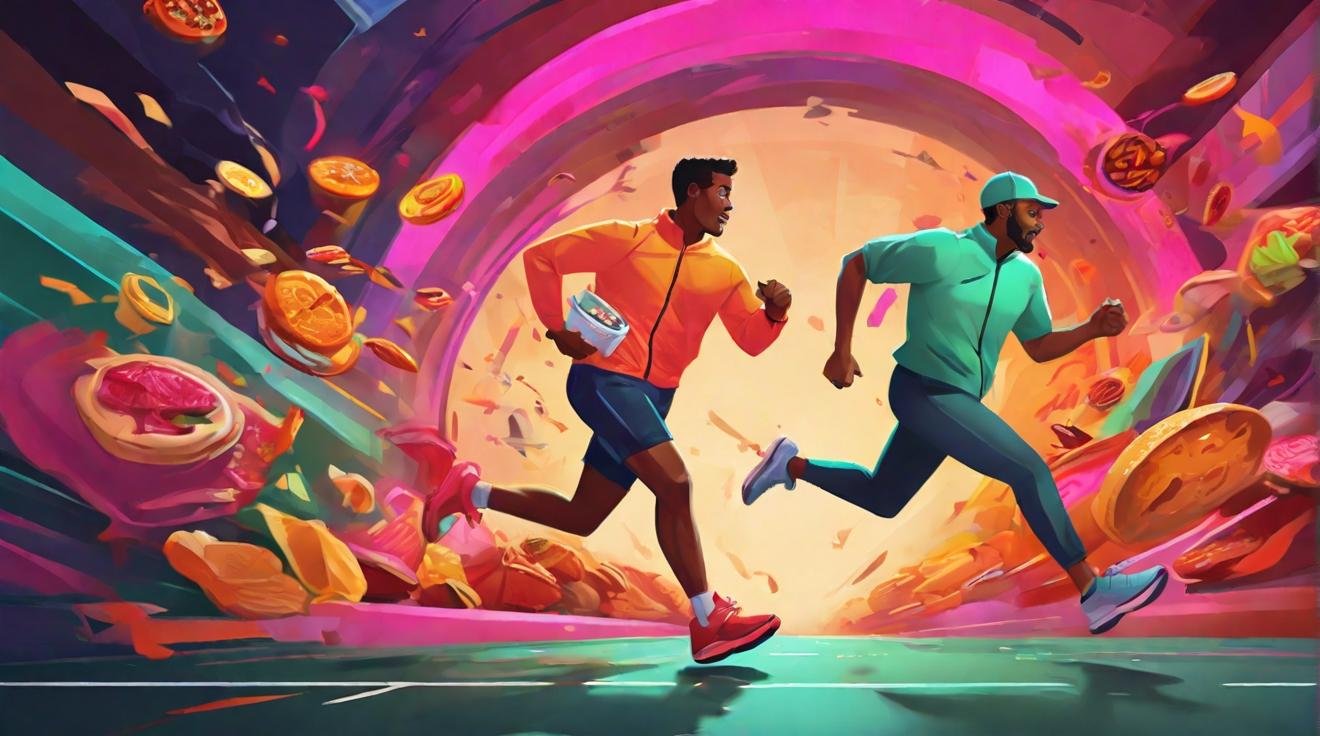Uber Eats vs. Grubhub: A SWOT Analysis of Food Delivery Services' Market Share
In the fast-paced world of food delivery services, two giants stand out: Uber Eats and Grubhub. As consumers increasingly lean on the convenience of having meals brought to their doorsteps, these platforms are in a fierce competition for market share. A SWOT analysis—assessing strengths, weaknesses, opportunities, and threats—sheds light on their battle and what it means for the future of food delivery.
Strengths
Uber Eats, with its global reach, leverages the extensive network and technology of its parent company, Uber. Its user-friendly app, broad geographical coverage, and quick delivery times set it apart. Additionally, Uber Eats has expanded its services to include grocery deliveries, further cementing its position in the delivery ecosystem.
Grubhub, on the other hand, boasts a vast array of restaurant partnerships, particularly in the United States. Its early entrance into the market has established a loyal customer base. Grubhub's integration with Yelp provides valuable insights and reviews, enhancing the user experience.
Weaknesses
However, both platforms face significant challenges. Uber Eats contends with high commission rates that deter some restaurants from joining its network. Moreover, its expansion into new markets often meets with logistical hurdles and regulatory challenges.
Grubhub grapples with fierce competition not only from Uber Eats but also from other rising stars in the food delivery sector. Its market share has seen erosion in some key urban areas. Additionally, Grubhub's profitability has been under pressure, raising concerns about its long-term sustainability.
Opportunities
The COVID-19 pandemic has accelerated the adoption of food delivery services, a trend that is likely to persist post-pandemic. Both Uber Eats and Grubhub stand to gain from expanding their offerings beyond traditional restaurant meals to include more niche markets and cuisines.
Innovations in delivery technology, such as drones and autonomous vehicles, present opportunities for reducing delivery times and costs. Uber Eats and Grubhub could also explore partnerships with supermarkets and convenience stores to broaden their customer base.
Threats
The competitive landscape is intensifying, with new entrants and existing competitors like DoorDash seeking to capture market share. Regulatory challenges, including the classification of delivery drivers as independent contractors or employees, loom large and could impact operating costs and business models.
Moreover, consumer expectations around delivery speed, costs, and service quality are continually escalating, putting pressure on Uber Eats and Grubhub to innovate and improve efficiency without compromising profitability.
Conclusion
As Uber Eats and Grubhub navigate the volatile food delivery market, their success will hinge on their ability to adapt to changing consumer behaviors, regulatory environments, and technological advancements. The SWOT analysis underscores the complexities of the food delivery sector and the dynamic forces at play. Only time will tell which of these food delivery services will ultimately emerge as the leader in capturing the appetites and loyalty of consumers worldwide.













